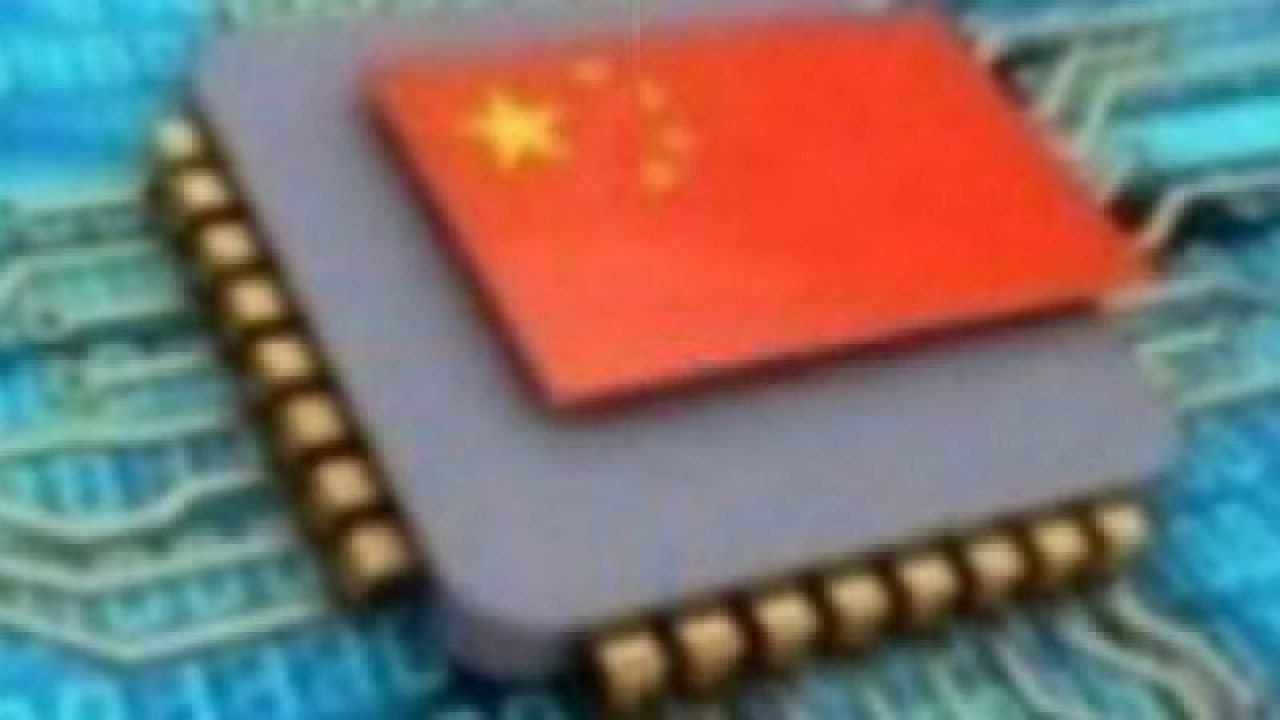China Hope to Achieve IC Self-Sufficiency with ‘Big Fund’ Phase II
Article By : Luffy Liu, EETimes China

Phase II's goal is to build an independent, self-sufficient and "controllable" industrial chain for the Chinese IC industry.
China’s “Big Fund” is rolling out its second phase of funding through a just-incorporated company called the National Integrated Circuit Industry Investment Fund Phase II Co., Ltd. (National Big Fund Phase II).
Compared to its Phase I that began five years ago, Big Fund Phase II is twice as big at 204.15 billion yuan ($28.9 billion), slightly exceeding market expectations. Phase II investment is anticipated to start as early as November this year.
The Big Fund first phase, which invested in 23 semiconductor companies, resulted in multiple mergers, acquisitions and IPOs.
Currently, the Chinese semiconductor industry is abuzz with speculation as to what the focus of the Phase II investment will be, and who among China’s chip players will benefit from the new phase of the Big Fund investment.
There are some clues, though.
At a September semiconductor industry summit, the Big Fund’s manager revealed that Phase II will focus on etching machines and film, test and cleaning equipment. The goal is to build an independent, self-sufficient and “controllable” industrial chain for the Chinese IC industry.
Recommended
大基金二期来了!哪些IC细分龙头将受益?
China’s industry watchers, however, are split as to where Phase II should look. Some advocates want to go after the semiconductor industry including “downstream applications.” Another camp favors “design materials and equipment.” A third faction believes it’s critical to invest in new applications enabled by emerging technologies such as 5G and AI.
Who’s in on Phase II?
The National Big Fund Phase II was officially incorporated on October 22.
While the Ministry of Finance with 22.5 billion yuan (with $3.18 billion) is the largest shareholder, local governments are also transferring funds.
Shareholders include China’s Ministry of Finance, Shanghai Guosheng (Group) Co., Ltd., China National Tobacco Corporation, China Telecom, and a host of local investment funds.
Compared to Phase I, the source of shareholder funds in the second phase is more diverse. Many domestic IC groups are actively participating. So is the Yangtze River Economic Belt. Others include China Tobacco, three major telecom operators and JianGuang Asset Management Company in Beijing, an asset management company focused on mergers and acquisitions in the IC industry and strategic emerging industries.
Due to the large number of shareholders (27 in total), holdings in the National Big Fund Phase II are relatively scattered. For example, the Ministry of Finance holds the largest share at 11.02%. Guokai Finance subscribed 22 billion yuan ($3.1 billion), holding 10.78%. The Chongqing strategic emerging industry equity investment fund (limited) partnership, China National Tobacco Corporation and six other shareholders each subscribed 15 billion yuan ($2.1 billion), each holding 7.35%.
Unlike Phase I (which treated local governments’ funds separately), the Phase II is incorporating local funds. They include the integrated and mature regions of the IC industry in mainland China.
Most prominent is the Yangtze River Economic Belt. From east to the west, contributions come from provincial (municipal) funds in Shanghai, Jiangsu, Zhejiang, Anhui, Hubei, Chongqing, Sichuan and other provinces, totaling 102.2 billion yuan ($14.46 billion) of subscribed funds. In addition, Beijing, Fujian, Guangdong (including Shenzhen) and other regions are actively involved.
Recommended
Can China Buy Its Way Into Global IC Industry?
How did Phase I do?
Phase I raised 138.72 billion yuan ($19.63 billion), becoming the largest single industrial investment fund in China. This total exceeded the original plan of 120 billion yuan ($16.98 billion) by 15.6%.
By the end of September 2018, the Phase I had invested in 77 projects and 55 integrated circuit enterprises. The investment scope covers all levels of the IC industry, strategic projects and key product areas. All fund commitments were completed by the end of 2018. In 2019, the fund has shifted to its post-investment management stage.
An investor who has participated in a well-known semiconductor cross-border M&A project in China believes the Big Fund solves key problem — the lack of long-term funding in the IC industry, especially in chip manufacturing.
According to Huaxin Investment, the total capital expenditure of China’s IC manufacturing industry in 2014-2017 has doubled, compared with the previous four years.
The Big Fund can balance national strategic needs and market mechanisms. Tianfeng Securities believes the Big Fund, as a major shareholder in all aspects of the industrial chain, can promote cooperation between upstream and downstream enterprises. Included in this effort to build synergy are national projects in science and technology, and special construction funds to support integrated circuits.
Huaxin Investment said that Big Fund investment played an important role in social capital investment and enhancing industry confidence. From the perspective of the investment recipients, the first phase of the Big Fund (including sub-funds) has promoted new social financing (including equity financing, corporate bonds, banks, trusts and other financial institutions loans) with about 500 billion yuan ($70.74 billion).
The National Fund Phase II appears to have a set of goals slightly different from Phase I. Ding Wenwu, president of the Big Fund, said: “To build an IC industrial supply chain, each link must be organically integrated with users of domestic equipment and materials. Only in this way can we achieve independence, making the supply chain controllable.”
Subscribe to Newsletter
Test Qr code text s ss


